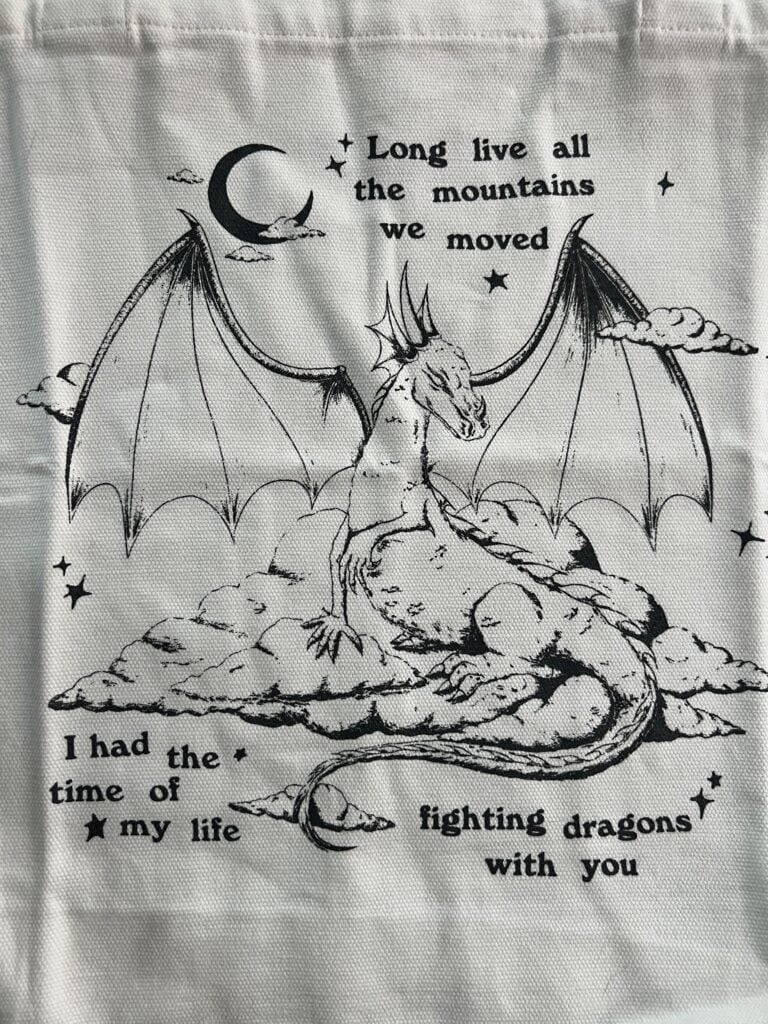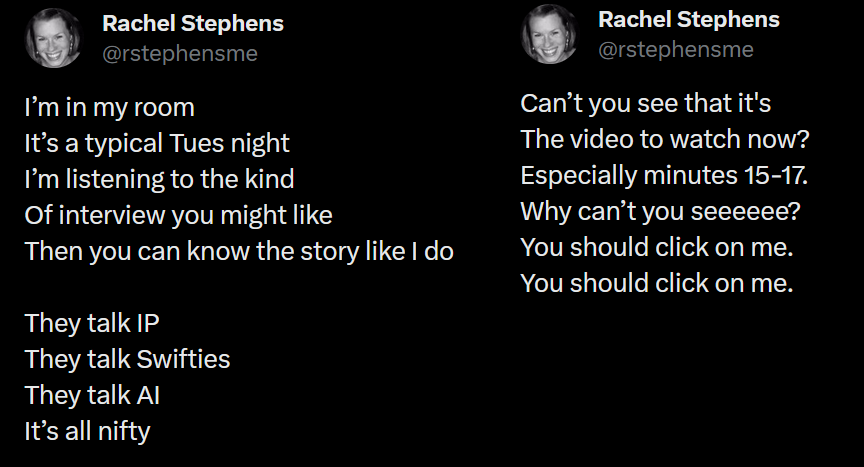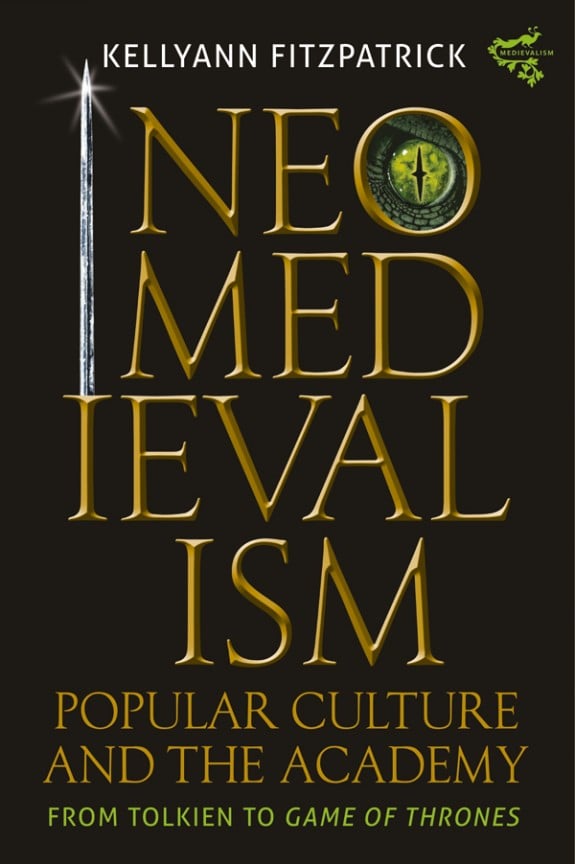I recently had the chance to chat with Dr. Casey Alane Wilson, a former Georgia Tech colleague and current Assistant Professor of English at Francis Marion University. Among other things, Casey teaches university-level courses in areas including technical communication, composition, and literature. She also teaches a course on “Taylor Swift as Text,” which is the main focus of “The Taylor Swift Episode” of the Docs Are In:
In case you’ve missed it, Taylor Swift is a big deal. Her current Eras Tour–a multi-year stadium tour–set sales records and crashed online ticketing systems, creating customer load and bot traffic lore to rival even Friday-after-Thanksgiving ecommerce nightmare scenarios. Stratechery’s Ben Thompson has written an entire post on Disney’s Taylor Swift Era that adroitly both captures Swift’s current cultural relevance and uses it for a smart analysis of Disney. Swift’s dating choices have the power to affect NFL merchandising (and one op/ed hypothesizes how they could save democracy). RedMonk has even made a Taylor Swift reference or two in the past (and btw yes we also have a video on Swift the language).
Taylor Swift and her body of work have also become subjects of interest in both research and educational circles, inspiring academic conferences and, as evidenced by my chat with Casey, actual college courses.
Casey has taught her course, “Taylor Swift as Text,” as both a themed version of an introductory literature course and as a special topics upper division course, which means that textual (and intertextual) references in Swift’s work are a key focus. Casey notes:
So the way I’ve designed it–and there are other Taylor Swift classes out there, there are other people who teach them and teach them from different perspectives and different angles. Because I was coming at this from an introduction to literature perspective, the way that I have set up this class is that I am doing it through the lens of the references that Taylor Swift makes in her music to literature, because there’s a lot of them. Taylor Swift has from pretty early on, not necessarily a ton on her first couple albums, but like pretty early on, she starts making references to pop culture and other artists, like her first single is about Tim McGraw, right? So she’s always had this kind of intertextuality to it. But she also very specifically has referenced a lot of literature and a lot of classical canonical literature. She references–multiple times–she references The Great Gatsby, she references Romeo and Juliet in one of her first big hit singles, “Love Story”.
[….]
That song and another song “The New Romantics” also both reference The Scarlet Letter. There’s references to Emily Dickinson and Robert Frost, and she has a song called “The Lakes” about the Lake Poets, which is, you know, a group of poets who helped to establish the whole romantic movement, which really changed literature and the world in our culture, in Western society in a lot of ways. And so what we do in the class is we read the texts that she references, and then we study them for their own merit and for their own sake. But then we also put them in conversation with why are these the texts she is referencing? Why are these the stories that are speaking to her and that she wants to use and transform in her own music in that way?
Even though I am not a Swiftie, as a fellow former English literature instructor, I very much feel the appeal of leveraging the popularity of a figure like Taylor Swift to get students to critique not only Swift’s music but also the various types of texts she references. And yes, it is valid to ask “why so many canonical references?”–especially when what we consider to be canonical literature has itself been justifiably questioned in recent years due to its limited purview.
It is also important to note Casey has zero expectations that her students become Swifties:
One of the things that I always tell my students is that I do not labor under the delusion that all of my students will walk away loving Taylor Swift. No artist is for everybody. But I do think that most of them walk away finding her a little bit more interesting than they maybe previously gave her credit for. And I think that that is a fair point to have around her: that you don’t have to like her music. You don’t even have to like her. She has certainly done many a problematic thing over the years. But as a figure in the center of pop culture and technology and intellectual property and music, she’s kind of fascinating.
And Swift is indeed fascinating. In preparing for this interview (aided in large part by a 40+ page slideshow prepared my brilliant niece to help educate our family about Taylor Swift), I even learned that Swift’s 2017 album/era Reputation was partly inspired by Game of Thrones (you know, the fantasy series I wrote part of a book about). Yeah, so Reputation is my era, even though I am not a Swiftie (and even though Speak Now has a song and related merch with some great dragon references).

Taylor Swift swag (photo courtesy of Dr. Casey Alane Wilson) featuring an image of a dragon and lyrics from Taylor Swift’s “Long Live”, a song from her album Speak Now
Casey, however IS a Swiftie, and so she also has stories about her experiences trying to buy Eras Tour tickets (when everything was crashing) from her IRL “Taylor Swift as Text” classroom while screening a YA dystopian film about a contest where teenagers are forced to fight to the death:
But what ended up happening was through sheer coincidence and happenstance (I did not plan for this in any way), the day that the tickets went on sale was the day I was teaching the Taylor Swift text class during the class period. The class period starts at 9:55. The tickets went on sale at 10:00 while I was already scheduled to screen them The Hunger Games. And so it felt honestly pedagogically inappropriate to not try and get tickets as they were watching The Hunger Games.
(Fact: Swift appears on the 2012 The Hunger Games soundtrack). Casey also has a really good read on her fellow Swifties’ propensity to not only dig through Swift’s textual references, but also to leverage developer tools and social media to piece together exactly what was happening as they sat on seemingly endless Eras Tour virtual ticketing queues:
So when it was happening, there was a lot of conversation, as you said, people were looking into the code, trying to figure out, like they were saying, if you open up the page inspector and you go to here, you can see exactly how many people are in front of you in the queue and all of this different stuff. And that was spreading through a really interesting network of largely for me, TikTok, TikTok creators who were making these videos and sharing and spreading this information.
And that’s part of a larger–trend isn’t even necessarily the right word–focus or obsession, let’s say, of Taylor Swift fans, which is that she has always left these like little Easter eggs and clues and things for fans to decode. And when she was younger, it was a lot of the liner notes for her CDs (if we remember both of those things) would sometimes have in the lyrics or in the notes, they’d have random capital letters, and if you put them together, it would spell a secret message. And that has since spiraled into people literally tracking specifically what colors each of her nails are painted on each show of the tour to see if there are any changes and if those changes might have any secret meaning. And that’s the pretty restrained version of some of the things that they study and figure out and try and figure out.
In short, there is a lot to dig into if you are teaching Taylor Swift as Text, but also a number of avenues to think about Taylor Swift and technology. Casey and I talk intellectual property (you definitely want to listen if you are curious why Swift is rerecording her early albums), the limitations of CDs and the affordances of new media, and yes, even AI. And it is so tempting to wonder (as other folks have) what might happen if Swift decided that up next will be her Coding Era.
For the rest of our conversation (and to find out Casey’s favorite era), watch the video or see the full transcript
Still need a reason to watch? Try this (composed by my excellent RedMonk colleague and sung to the tune of Swift’s “You Belong to Me”):

Rachel Stephens:
I’m in my room
It’s a typical Tues night
I’m listening to the kind
Of interview you might like
Then you can know the story like I do
They talk IP
They talk Swifties
They talk AI
It’s all nifty
Rachel Stephens:
Can’t you see that it’s
The video to watch now?
Especially minutes 15-17.
Why can’t you seeeeee?
You should click on me.
You should click on me.

No Comments